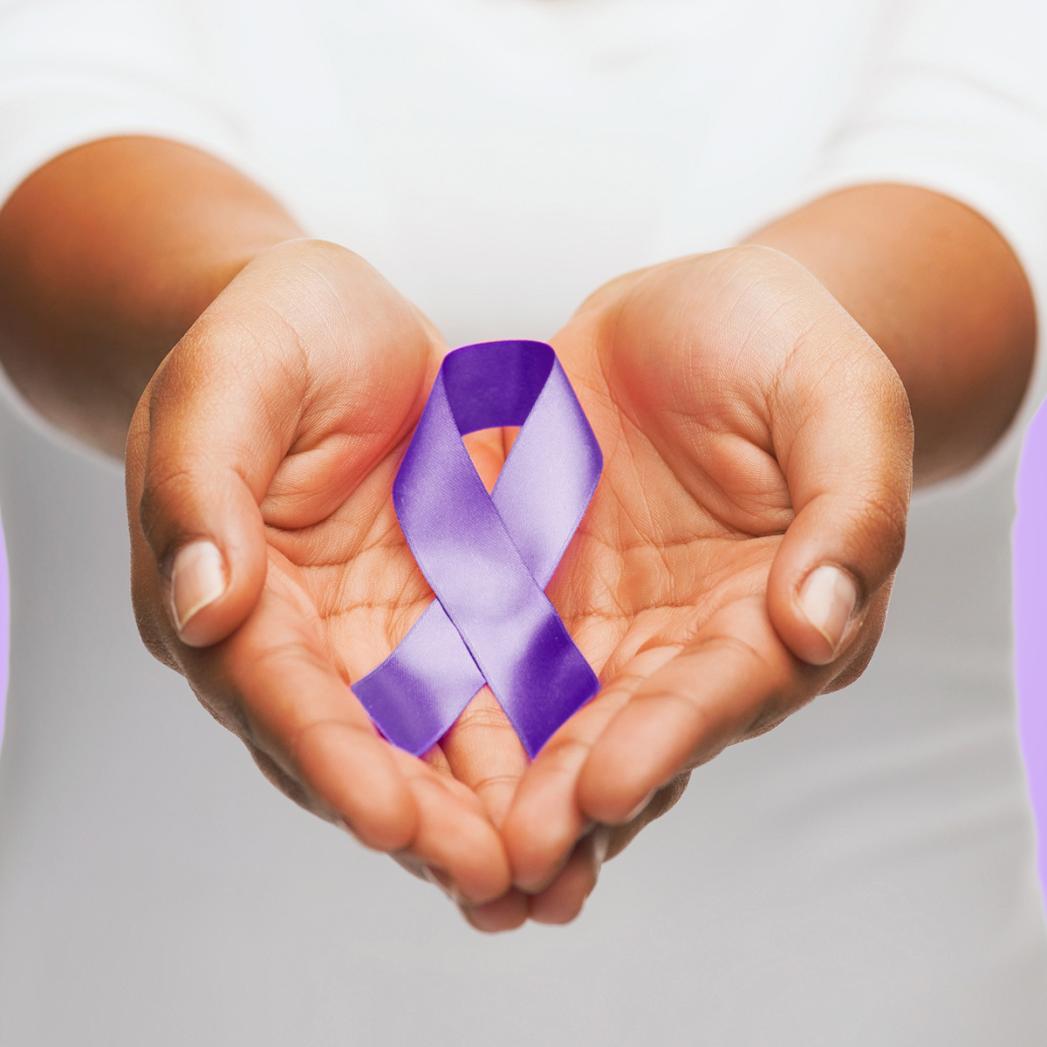How Can I Protect Myself and My Children from Further Abuse?
Abuse, in any form, can have devastating consequences for both individuals and families. This article aims to provide guidance on protecting oneself and children from further abuse. Understanding the different types of abuse and their potential consequences is crucial in taking proactive measures to ensure safety and well-being.

Types Of Abuse
- Physical Abuse: Intentional infliction of physical injury or pain, such as hitting, kicking, pushing, or burning.
- Sexual Abuse: Any sexual contact or behavior that is forced or coerced, including rape, molestation, and unwanted touching.
- Emotional Abuse: Verbal or psychological mistreatment that causes emotional distress, such as insults, threats, manipulation, and isolation.
- Neglect: Failure to provide basic necessities or care for a child's physical, emotional, or educational needs, including lack of food, clothing, shelter, and medical care.
Recognizing Signs Of Abuse
Recognizing the signs of abuse is essential for taking prompt action to protect oneself and children. Some common signs include:
- Physical Abuse: Unexplained or suspicious bruises, cuts, burns, or other injuries; frequent complaints of pain or discomfort; fear or avoidance of certain people or situations.
- Sexual Abuse: Difficulty walking or sitting, pain in the genital area; changes in behavior, such as becoming withdrawn or aggressive; unusual knowledge of sexual matters for a child's age.
- Emotional Abuse: Low self-esteem, depression, or anxiety; difficulty forming relationships or trusting others; problems with school or behavior.
- Neglect: Poor hygiene, malnutrition, or lack of appropriate clothing; frequent absences from school or lack of school supplies; unsupervised or left alone for extended periods.
Protecting Yourself And Your Children From Abuse
Taking proactive measures to protect oneself and children from abuse is crucial for ensuring safety and well-being. Some key steps include:
- Educate Yourself and Your Children: Learn about the different types of abuse and their signs. Teach your children about body safety and appropriate touch.
- Create a Safe Environment: Establish clear boundaries and rules for your home. Supervise your children and know their whereabouts. Monitor their online activity and social media interactions.
- Encourage Open Communication: Foster an environment where your children feel comfortable talking to you about anything. Listen attentively and validate their feelings.
- Seek Professional Help: If you or your child has experienced abuse, seek professional help from a therapist or counselor. Consider joining a support group for survivors of abuse.
Legal And Community Resources
In cases of abuse, seeking legal and community support is essential for ensuring justice and healing. Some resources include:
- Reporting Abuse: Know your local laws and procedures for reporting abuse. Contact child protective services or the police if you suspect abuse.
- Legal Assistance: Seek legal advice if you need help obtaining a restraining order or pursuing legal action against an abuser.
- Community Support: Explore local organizations that provide support and resources for victims of abuse. Attend community events and workshops on child safety and abuse prevention.

Protecting oneself and children from abuse requires a proactive and vigilant approach. By understanding the different types of abuse, recognizing the signs, and taking steps to prevent and respond to abuse, individuals can create a safe and supportive environment for themselves and their loved ones. If you or someone you know has experienced abuse, seeking help and support is crucial for healing and moving forward.
YesNo

Leave a Reply